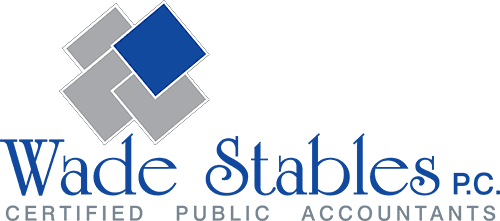No one needs to remind business owners that the cost of employee health care benefits keeps going up. One way to provide some of these benefits is through an employer-sponsored Health Savings Account (HSA). For eligible individuals, HSAs offer a tax-advantaged way to set aside funds (or have their employers do so) to meet future medical needs. To be eligible, an individual must be covered by a “high deductible health plan.” For 2023, a “high deductible health plan” will be one with an annual deductible of at least $1,500 for self-only coverage, or at least $3,000 for family coverage. An HSA provides a number of tax benefits for your business and its employees. Contact us with questions.
Read More...
The Social Security Administration recently announced that the wage base for computing Social Security tax will increase to $160,200 for 2023 (up from $147,000 for 2022). Wages and self-employment income above this threshold aren’t subject to Social Security tax. The Federal Insurance Contributions Act imposes two taxes on employers, employees and self-employed workers. One is for Social Security tax, and the other for Medicare tax. There’s a maximum amount of compensation subject to the Social Security tax, but no maximum for Medicare tax. For 2023, the FICA tax rate for employers is 7.65% — 6.2% for Social Security and 1.45% for Medicare (the same as in 2022).
Read More...
You and your small business are likely to incur a variety of local transportation costs each year. Commuting costs aren’t deductible but the cost of any local trips you take for business purposes is a deductible business expense. Your deduction can be computed using actual expenses or a standard mileage rate (58.5¢ per business mile driven between Jan. 1 and June 30, 2022, and 62.5¢ per business mile driven between July 1 and Dec. 31, 2022) plus tolls and parking. Actual expenses include depreciation (subject to limitations), gas, repairs, maintenance, insurance, tolls, parking, loan interest and any other related costs allocable to the business portion of using the vehicle.
Read More...
If you have a child or grandchild who’s heading to college in the future, you may wonder about investing in a qualified tuition program or 529 plan. You don’t get a federal tax deduction for a contribution, but the earnings aren’t taxed while the funds are in the program. (There may be a state deduction in your state.) You can change the beneficiary without income tax consequences. Distributions are tax-free up to the amount of the qualified higher education expenses. These include tuition (including up to $10,000 in tuition for an elementary or secondary public school), fees, books, supplies and required equipment. Room and board is also a qualified expense if enrolled at least half time.
Read More...
It’s time to think about steps to lower your tax bill for this year and next. If you itemize deductions, you may be able to deduct medical expenses, state and local taxes up to $10,000, charitable donations and eligible mortgage interest. But these deductions won’t save taxes unless they’re more than your standard deduction ($25,900 for joint filers, $12,950 for singles and $19,400 for heads of household). You may be able to work around the deduction limits by bunching discretionary medical expenses and charitable donations into the year where they’ll do some tax good. For example, if you itemize for 2022 but not 2023, you may want to make two years of charitable contributions this year.
Read More...










